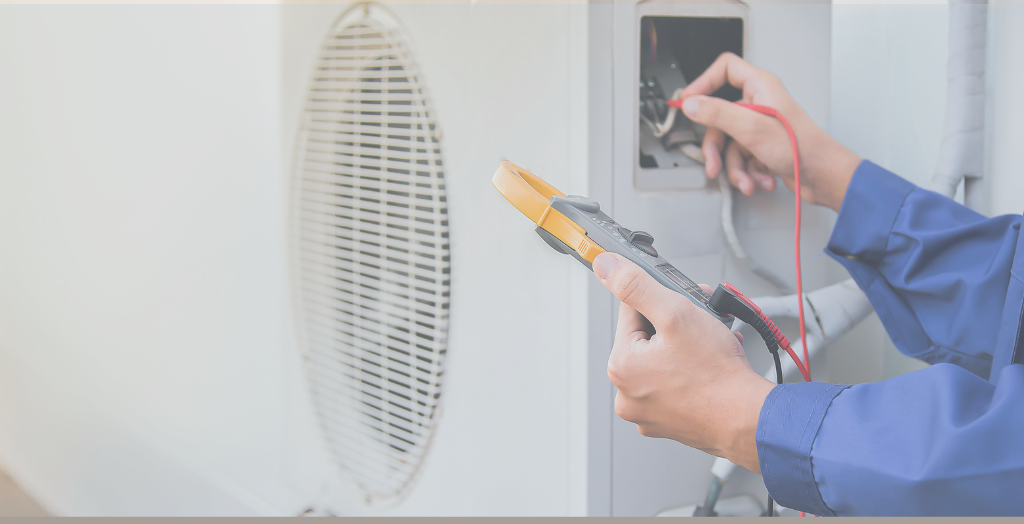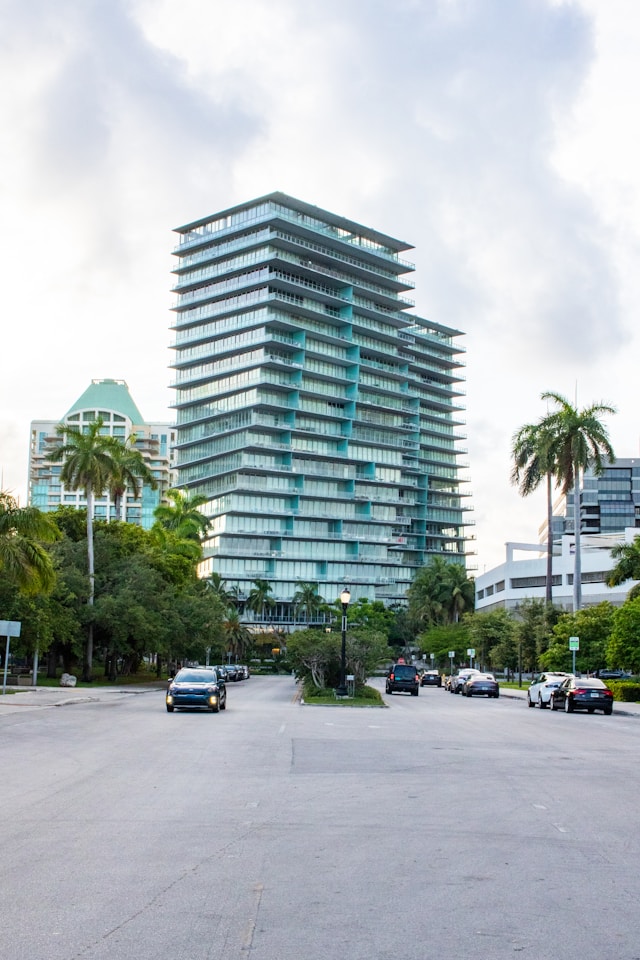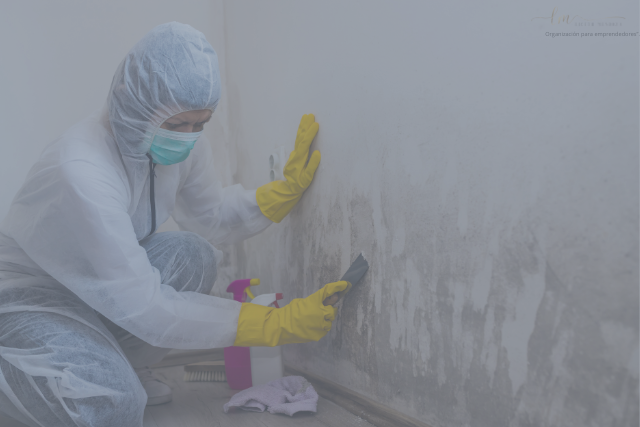When tenants complain about inconsistent airflow or humidity, property managers often respond with HVAC inspections or quick repairs. While this is the correct step, there’s a growing risk many overlook: mold after HVAC repair, which can develop when maintenance is rushed or ductwork is improperly sealed.
In multi-unit buildings, air conditioning systems are often shared or interconnected across units. If one section of ductwork is leaking or has accumulated moisture, it doesn’t just affect one apartment—it creates a mold-friendly environment that can spread silently.
Mold after HVAC repair is one of the most overlooked issues in multi-unit buildings, especially when the work is rushed or incomplete.
We’ve seen cases where insulation around air ducts was removed and never replaced, or where condensation built up inside unsealed joints. Weeks later, tenants reported musty odors and breathing issues. In every case, mold had begun to form in areas that were “technically serviced.”
Common HVAC-Related Mold Risks:
- Unsealed or damaged duct joints
- Condensation in ceiling or wall cavities
- Mold-contaminated filters left after system repairs
- Lack of proper insulation around repaired duct sections
- Water leaks from rooftop HVAC units affecting upper floors
Even when the HVAC technician finishes the job, the risk doesn’t end there. If moisture is trapped during or after a repair, spores can multiply behind ceilings, walls, or vents—out of sight.
According to the U.S. Environmental Protection Agency (EPA), mold growth related to HVAC systems can contribute to indoor air quality issues, triggering respiratory symptoms, especially in shared or poorly ventilated buildings.
Why Property Managers Must Act Fast
Because HVAC systems affect airflow across multiple units, mold contamination in one zone can quickly impact several spaces. This is especially dangerous in buildings where units share ductwork or return vents.
By the time visible signs appear (like odors or spots near vents), remediation is already more expensive. Worse, tenants may experience allergic reactions, respiratory issues, or even stop paying rent.
What SpotMold Can Do After HVAC Work
We offer post-repair inspections that identify hidden mold risks before they escalate. Our service includes:
- Moisture checks in ductwork zones
- Air quality testing
- Visual inspection of ceiling cavities
- Certified lab results if needed
Learn more about our mold inspection services. We help property managers detect what most HVAC teams don’t look for.
If you’ve recently had HVAC work done, now is the time to rule out mold after HVAC repair—before the problem spreads or becomes visible.
If your building had recent HVAC repairs, this is the best moment to inspect and prevent long-term damage. Schedule a professional evaluation today. We serve all of Florida.
[njwa_button id=”4075″



